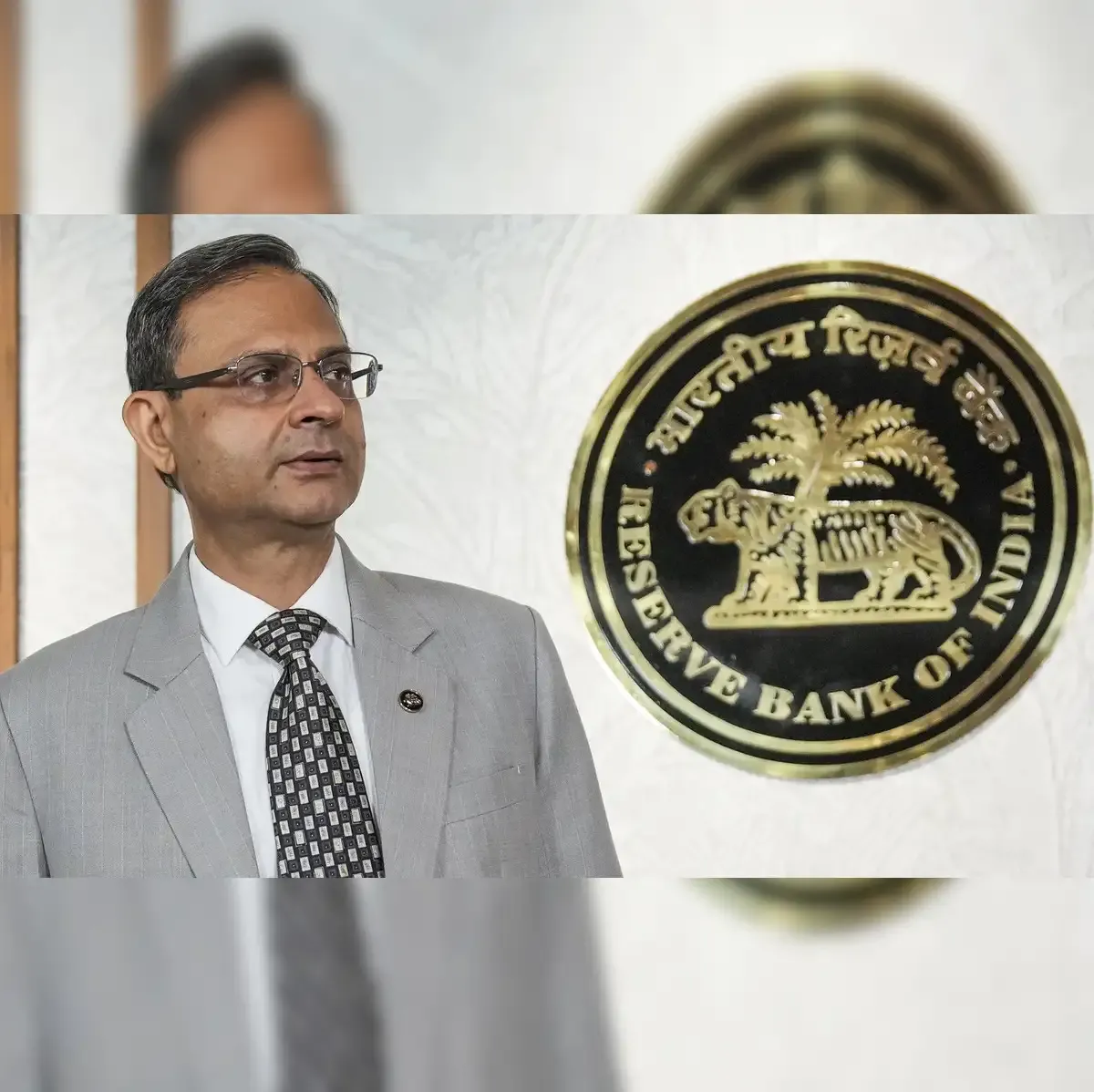RBI Implements Aggressive Monetary Easing to Stimulate Economic Growth On June 6, 2025, the Reserve Bank of India (RBI) announced a significant economic stimulus by reducing its key repo rate by 50 basis points, bringing it down to 5.50% the steepest rate cut in five years. This marks the third consecutive rate cut in 2025, totaling a combined 100 basis points reduction since February. Accompanying this move was a 100 basis points cut in the Cash Reserve Ratio (CRR), lowering it to 3%. the CRR reduction will be implemented in a staggered, four-phase approach to inject liquidity into the banking system. Consequently, the Standing Deposit Facility (SDF) rate is adjusted to 5.25%, while the Marginal Standing Facility (MSF) rate and Bank Rate are set at 5.75%. these decisions were made during the bi-monthly Monetary Policy Committee (MPC) meeting held from June 4 to 6, chaired by RBI Governor Sanjay Malhotra. Authoritative Insights from Policymakers Governor Sanjay Malhotra emphasized the rationale behind the bold move, stating, “the change in the growth-inflation dynamics calls for not only continuing with policy easing but also the MPC felt front-loading the rate cuts to support growth.” the MPC also shifted its policy stance from ‘accommodative’ to ‘neutral’, signaling that while the focus remains on supporting economic recovery, further rate cuts will be data-dependent.
Comparative Analysis with Previous Rate Cuts The June rate cut is the most aggressive since 2020 and signals a significant shift in the RBI’s policy approach. Earlier in 2025, the RBI had cut the repo rate by 25 basis points each in February and April, totaling a cumulative reduction of 100 basis points in just four months. This is the fastest-paced easing cycle since the pandemic’s economic shock in 2020, when the RBI implemented a 40 basis points cut in May 2020. The current 50 basis points cut stands out for its magnitude and urgency, reflecting the RBI’s determination to provide strong support to growth amid easing inflationary pressures.
Inflation and Growth Outlook Recent Consumer Price Index (CPI) data revealed retail inflation at 3.16% in April, well below the RBI’s 4% target, creating room for policy easing. Despite this monetary easing, the RBI maintained its GDP growth forecast at 6.5% for the current fiscal year, emphasizing India’s economic resilience and projecting optimism for a 7–8% growth trajectory over the medium term. Sectoral Impact: Real Estate, Automotive, and Banking The policy measures are expected to have broad impacts across sectors. Lower interest rates will directly reduce borrowing costs for consumers and businesses. In the real estate sector, developers anticipate a revival in housing demand as home loan EMIs become more affordable. The automotive industry expects an uptick in vehicle sales, given easier access to auto loans. In the banking sector, the focus will be on ensuring faster credit transmission to borrowers, a critical factor for reviving overall credit growth in the economy.
Market and Currency Reaction The rate cut triggered a strong rally in Indian equity markets. On June 6, the Nifty50 surged past the 25,000 mark, and the BSE Sensex climbed more than 700 points, reflecting investor confidence in improved liquidity and growth prospects. Meanwhile, the Indian rupee appreciated by 13 paise, settling around ₹85.66 against the US dollar amid enhanced investor sentiment. Expert Reactions: Uday Kotak, veteran banker, hailed the move, stating, “The RBI's latest monetary policy announcement is a bold and strategic measure aimed at stimulating economic growth and liquidity in the financial system.” Mahendra Patil, a financial analyst, noted, “It is a timely yet balanced intervention by the RBI that supports growth without compromising on macroeconomic stability.”
Borrowing Costs and Credit Transmission One of the most direct impacts for households and businesses will be lower Equated Monthly Installments (EMIs) on existing loans, offering relief to consumers. The RBI emphasized the importance of banks passing on these rate cuts fully to borrowers to ensure the policy effectively stimulates credit growth. RBI’s Forward Guidance Governor Malhotra and the MPC stressed that while the central bank remains open to future easing, any further action will be data-driven, depending on inflation, growth trends, and global economic developments. The transition to a “neutral” stance reflects a more cautious and balanced approach moving forward.
